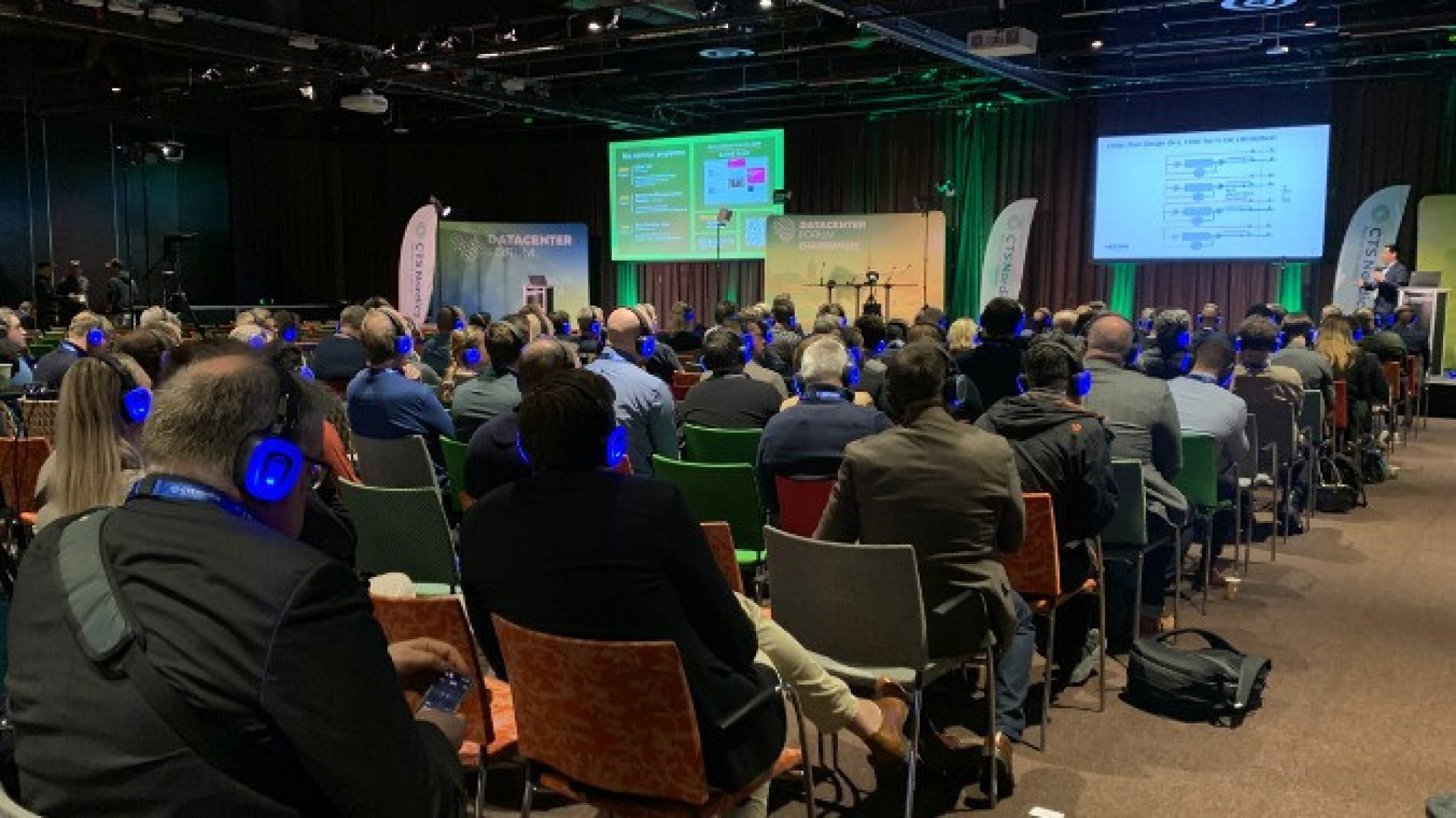The Danish government, in collaboration with several political parties, reached an agreement to remove the existing price cap on surplus heat. This initiative aims to promote a more flexible and market-driven utilisation of surplus heat, potentially lowering consumer prices and contributing to the green transition. The agreement will take effect from 1 July 2025.
For years, the price cap on surplus heat has been a barrier to investment in heat recovery projects. Under the previous framework, companies faced uncertainty and financial limitations, as the cap restricted the price district heating companies could pay for surplus heat. By removing this regulatory hurdle, the new agreement paves the way for a more dynamic and market-driven approach, where companies are incentivised to invest in surplus heat as a key part of Denmark’s green transition. The model requires a legislative amendment.
"The previous price cap discouraged businesses, particularly data centres, Power-to-X facilities, and industrial plants from investing in heat recovery infrastructure, as the business case was often undermined by the artificially low returns", Jørn Thorgaard, Special Advisor at Invest in Denmark, said.
Significant untapped potential
Currently, only around 13% of Denmark’s surplus heat is utilised, leaving significant untapped potential for district heating production. Removing the price cap gives companies and district heating providers greater flexibility to invest in surplus heat projects, making it easier to integrate heat from industrial sources without the risk of regulatory uncertainty limiting investments.
The potential for surplus heat utilisation is substantial. It is estimated that up to a quarter of Denmark’s total district heating demand could be covered by surplus heat, equivalent to heating approximately 500,000 homes. In contrast, only enough heat for around 65,000 households is currently derived from surplus heat.














